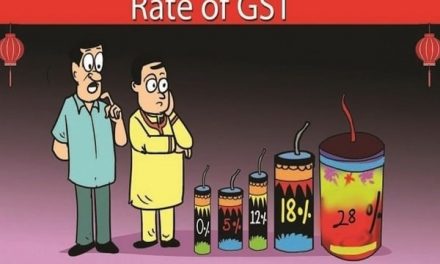Every time you decide to invest in Mutual Funds, bank fixed deposits (FD), Sukanya Samriddhi Yojana (SSY), Public Provident Fund (PPF), you wonder how long it would take to grow your money. There is a simple rule that will tell you how fast your money could grow — Rule of 72.
The government has kept the interest rates on small savings schemes comprising PPF, SSY, and other post office schemes unchanged for the sixth quarter in a row for the October-December quarter amid moderating bank deposit rates.
Once you have shortlisted the schemes based on your goals and risk profile, you may also look at the return differential to choose the one that offers the best returns. For an easy comparison, here we will find out how much time it takes for these investment instruments to double your investment. Selecting a scheme would be easier once you know which scheme will double your investments faster.
This is a simple rule of 72 tells you how fast your money will double. It is important to determine your goals and investment period before you know how much money will double. Let us now use the ‘Rule of 72’ to find out how fast these investments can double the money.
We will use ‘Rule of 72′ to see how fast will these investments double the invested money. Rule of 72 is a formula where we divide the number ’72’ with the interest rate offered by the investment instrument to get an idea of how soon can you double your money with that particular investment. Let’s take a look:
Mutual funds and Sukanya Samriddhi Yojana are the fastest in giving you 100% returns
Bank FDs at 5.5% will take over 13 years to double your money. (72/5.5 = 13.09)
PPF is offering an interest rate of 7.1% p.a. PPF will take around 10 years to double your money assuming the interest rate remains at 7.1% (72/7.1 =10.14).
SSY: Sukanya Samriddhi Yojana interest rate at the moment is 7.6%. Assuming the interest rate remains unchanged in the future, it will take over 9 years for your money to double as 72/7.6 = 9.47.
The Rule of 72 is useful for financial estimates and understanding the nature of compound interest.












